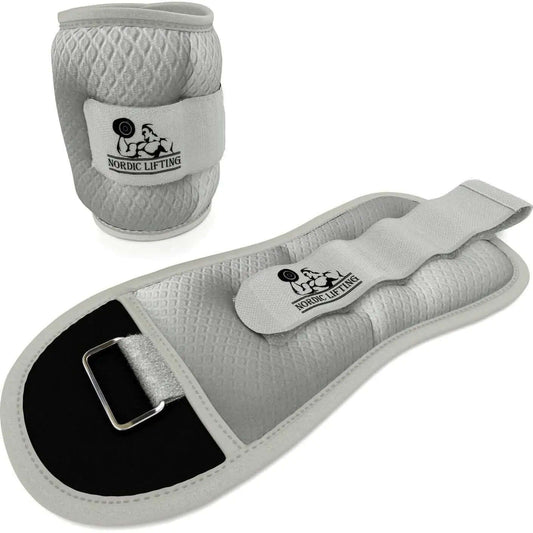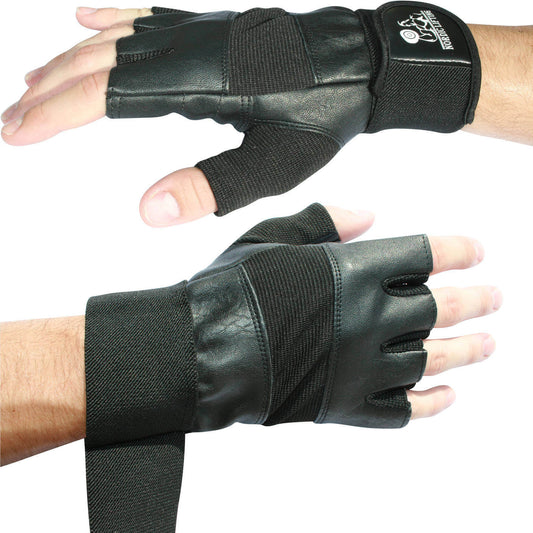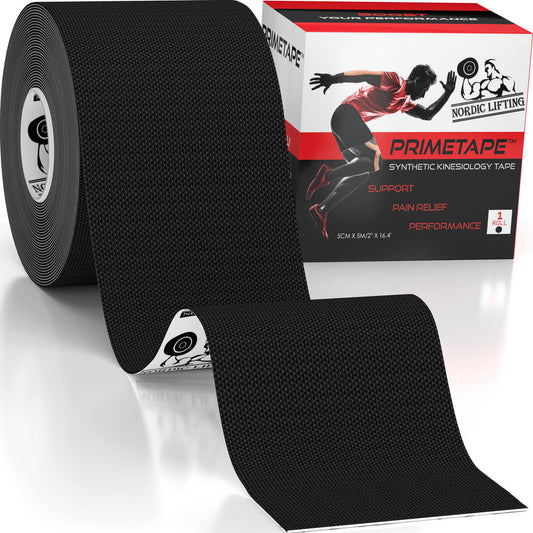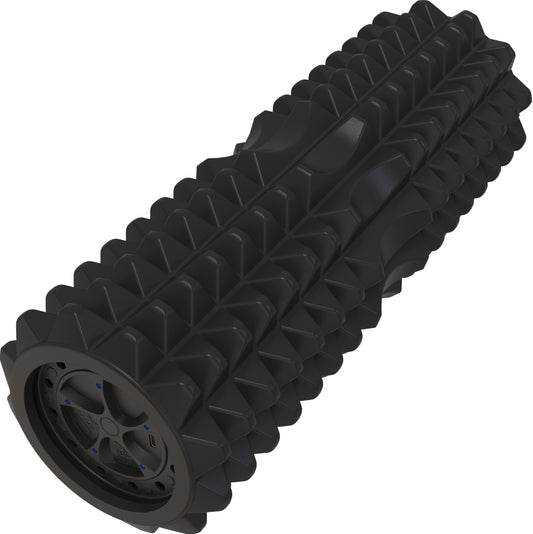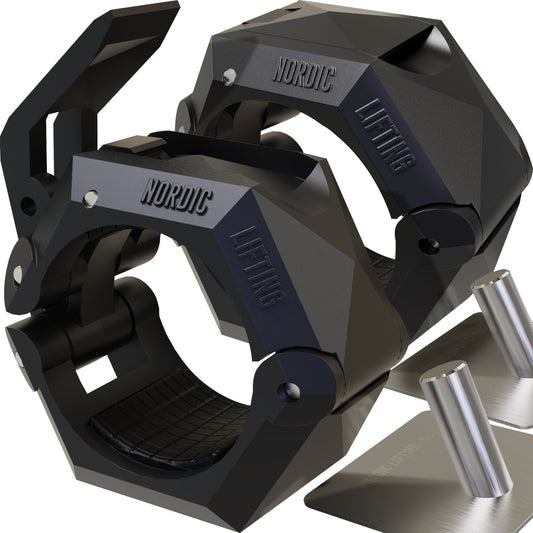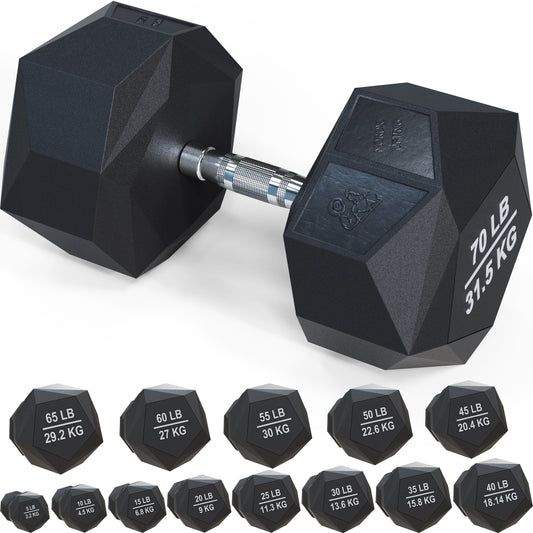Everyone's fitness goal is to stay in shape and build stronger muscles. Weightlifting is one of the most common workouts in the fitness industry since it offers multiple advantages, such as enhanced lean mass, higher fat burning, and overall health improvement.
This workout is a powerful way to build muscle and improve fitness, but if you do it incorrectly, it might be hard on your knees. Weightlifters often suffer serious knee problems such as tendinitis of the patella or ligament breakdown, as well as persistent knee pain.
The good news is that there are numerous techniques for lifting without damaging your knees. This post contains easy advice for the prevention and treatment of weightlifting-related knee injuries.

Understanding the Importance of Knee Strengthening
Knees are necessary for maintaining our mobility and allowing us to engage in a variety of physical activities. The knees, on the other hand, are prone to damage and strain, particularly if they lack the necessary strength. By focusing on knee strengthening exercises, you may increase your athletic performance while also lowering your risk of experiencing discomfort that can interfere with your daily life.
Warming up before any workout is advised for a purpose. An efficient warm-up can help you reduce your risk of injury, reduce muscle tiredness, and improve performance. As a result, your body will be more prepared for a rigorous workout. To prepare for more intensive action, try to emulate the actions you will take once you start working out.
Common Knee Issues
Knee discomfort is a common exercise-related issue. Many movements, including running, jumping, stretching, and bending, can place strain on the knees and cause pain.
Here are a few examples of common exercise-related knee injuries:
Ligament Tears
A sudden force or collision, such as a fall or a tackle in soccer, can cause a ligament tear. Due to repetitive stress on the joint, such as from running or leaping, it may grow slowly over time. Knee ligament tears can cause discomfort, soreness, and swelling in the afflicted area.
Symptoms:
- Pain and sensitivity to touch.
- Inflammation and bruising.
- It is tough to move your joints.
- There was a popping noise or a tearing sensation at the time of the injury.
- Muscle spasms.
Meniscus Tears
The meniscus in your knee works as a shock-absorbing tissue. A meniscus tear can be caused by kneeling, squatting while lifting something heavy, or twisting your knee. It can occur when moving after being pushed or shifting directions quickly.
Symptoms:
- Knee pain, especially when bending or rotating the knee.
- Swelling or stiffness around the knee joint.
- Popping during or following the injury.
- The leg is tight enough to bend and straighten.
- A feeling that your knee is locked or jammed in place.
- It feels like the knee is weak or collapsing.
Top Knee Strengthening Exercises
Your knees can also be effectively warmed up for exercise with a few minutes of low-impact aerobics, such as jogging, cycling, swimming, or taking a short walk. Here are some quick knee warm-up exercises:
Squats
The squat is a common exercise for strengthening the knees. They activate the muscles that support your knees, increasing stability and support.
- Stand with your toes pointing outward and your feet a little wider than shoulder width apart.
- Keep your back straight and your arms out in front.
- As if you were sitting, bend your knees and push your hips back.
- Make sure your knees don't go past your toes and your heels stay on the ground.
- Bring your thighs parallel to the floor as low as you can without discomfort. Keep a strong core and a neutral spine.
- Push through your heels and get up to the beginning position.
Half Lunges
This strengthens the quadriceps, hamstrings, and glutes while strengthening knee stability.
- The back knee should be a few inches off the floor when you lower your body while bending your knees.
- The rear knee should point toward the floor, the front thigh should be parallel to the ground, and your weight should be evenly distributed between both legs.
- Raise yourself back up to the starting position while keeping your weight on the heel of the front foot.
Step-Ups
Your glutes and quadriceps are extensively worked during step-ups.
- Pushing with your right leg, raise your body up over the increased surface with your right foot on top.
- With your left leg, take a gentle step down, then lead with your left foot to complete the following exercise.
Wall Sits
This is an isometric exercise that strengthens the quadriceps and increases knee muscle endurance.
- Start by positioning yourself with your back against a wall, your feet shoulder width apart, and about two feet away from the wall.
- Once your thighs are parallel to the ground, carefully lower your back down the wall while contracting your abdominal muscles.
- Adjust your feet so that your knees are immediately above your ankles rather than your toes.
- Maintain a flat back against the wall for 20-30 seconds.
- Retrace your steps back up the wall until you are standing.
- Repeat 3 times after 30 seconds of rest.
Mini-Stepper Exercises
Mini-stepper exercises are also beneficial and safe for the knees. Just like any other exercise, it is always recommended to consult a physician before beginning any workout regimen to avoid unnecessary injuries or complications. This YouTube video of Sabrina Jimenez shows how she was able to incorporate a mini stepper into her workout routine.
Pro Tips for Effective Knee Strengthening
- Start Slowly. If you've never done any workouts to strengthen your knees, start out slowly and with lighter weights. As your strength improves, you can gradually increase the intensity.
- Maintain Proper Form. When you execute an exercise in improper form, it can lead to injuries or difficulty. Take note of some tips about proper form and good posture.
- Warm-Up. A warm-up can condition your body for a strenuous workout, improve your blood flow, and minimize muscle soreness.
- Listen to Your Body. You need to stop exercising right away if you feel pain or discomfort. If the feeling of discomfort continues, get medical advice to avoid further complications.
- Rest Days. Muscles require time to heal and develop. Between challenging workouts, give your knees and the surrounding muscles enough time to recover.
Balanced Diet. A nutrient-rich, well-balanced diet promotes the health of your muscles and joints. Include inflammatory-reducing meals like fatty fish, berries, and leafy greens.

Key Takeaway
You can significantly improve your quality of life and your ability to take part in a wide range of physical activities by putting time and effort into your knee strengthening exercises. Always maintain consistency, and with the right training and dedication, you can establish a solid foundation for strong, flexible knees that support you in all of your physical activity targets.
Remember that as people age, your knees begin to exhibit symptoms of wear and tear. Avoiding injuries while strengthening is also one of the best methods of protecting your knees. Wearing knee protection gear as you do strenuous exercises is one way of taking care of your knees.







